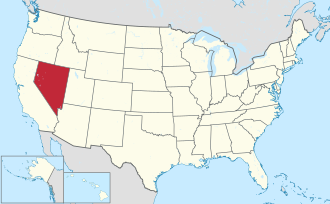
State-level Commercial Lighting Code News
Nevada adopted revisions to the 2024 International Energy Conservation Code (IECC) as of March 12, 2025, which includes updates for commercial lighting efficiency. Key changes affect the adoption of national standards like the 2024 IECC, Nevada’s ban on certain high-CRI linear fluorescent lamps effective January 1, 2024, and previous legislation that requires all common screw-based bulbs sold in the state to be energy-efficient as of January 1, 2021.
Updated IECC:
Nevada adopted revisions to the 2024 IECC, which addresses energy-efficient lighting design. Local governments may adopt even more stringent requirements.
Fluorescent lamp ban:
A ban on the sale of specific high-CRI linear fluorescent lamps (including those with CRI >= 87, cold temperature, and impact-resistant versions) was effective January 1, 2024.
Light bulb efficiency standards:
As of January 1, 2021, all common screw-based bulbs sold in Nevada must meet minimum energy efficiency standards.
 National code updates influencing Nevada
National code updates influencing Nevada
National Energy Standard (90.1-2022):
The 2024 IECC adoption in Nevada references and aligns with national standards like ASHRAE 90.1-2022, which has been updated to improve efficiency.
Key updates in 90.1-2022 include:
- Lowered wattage thresholds for requiring daylight-responsive controls.
- Reduced lighting power allowances for both interior and exterior lighting.
- New requirements for occupancy sensing in certain office spaces.
Other federal actions:
The U.S. Department of Energy has also implemented rules, such as the August 2023 requirement for a minimum efficiency of 45 lumens per watt for light bulbs sold by retailers, which effectively bans certain incandescent bulbs nationwide.
 What this means for commercial lighting in Nevada
What this means for commercial lighting in Nevada
- Compliance: Commercial building projects must comply with the latest adopted versions of the IECC and any stricter local amendments.
- Technology shift: These updates are accelerating the shift away from less efficient lighting technologies towards energy-efficient LEDs and other modern systems.
- Increased control: New rules, inspired by national codes, may require more sophisticated lighting controls, such as occupancy sensors and daylight-responsive controls, in various building types.


 National code updates influencing Nevada
National code updates influencing Nevada What this means for commercial lighting in Nevada
What this means for commercial lighting in Nevada